
The Asafo sewage system is to be expanded to cover 500 households and 29 institutions.
Constructed in 1994, the scheme covers an area of 45 hectares with about 320 dwellings, housing about 4,000 households, making up about 20,000 people.
Presently, the sewage system allows 35 households and 14 institutions, including Kumasi Technical University.
The development followed government’s efforts in securing a World Bank funding for the rehabilitation and expansion of the treatment centre, which has an aquaculture attached, to create business ventures for the community.
Other institutions that would be added to the expansion project would include Kumasi Central Prisons and toilets only from the Komfo Anokye Teaching Hospital (KATH).
The project is expected to be completed in two years.
Ms Cecilia Abena Dapaah, Minister for Sanitation and Water Resources, disclosed these during her second day of a working tour to monitor progress of work in some parts of the Ashanti Region at the weekend.
According to the Minister, the cost of the original project was $35 million, “but we have realised that the horizon of design and the vision to achieve has called for a negotiation for more funds, and so we are still negotiating.”
She pointed out that charges would be effected to generate income to maintain the project as “government should not be the one to always fund and maintain projects,” and stressed “it should be self financed”.
As part of the tour, the Minister visited the Oti Landfill, where re-engineering of the site was seriously ongoing.
She was excited that the treatment centre would soon turn the place into a tourist site as different species of birds have taken hold of the site as their home.
“Government is going to plant about 10,000 tree species here to make the place eco-friendly,” she mentioned.
She said government was determined to improve the health of the citizenry by way of enhancing sanitation projects and would not relent on that.
FROM KINGSLEY E.HOPE, KUMASI
The post Asafo sewage system to be expanded to cover 500 households, 29 institutions appeared first on Ghanaian Times.
Read Full Story
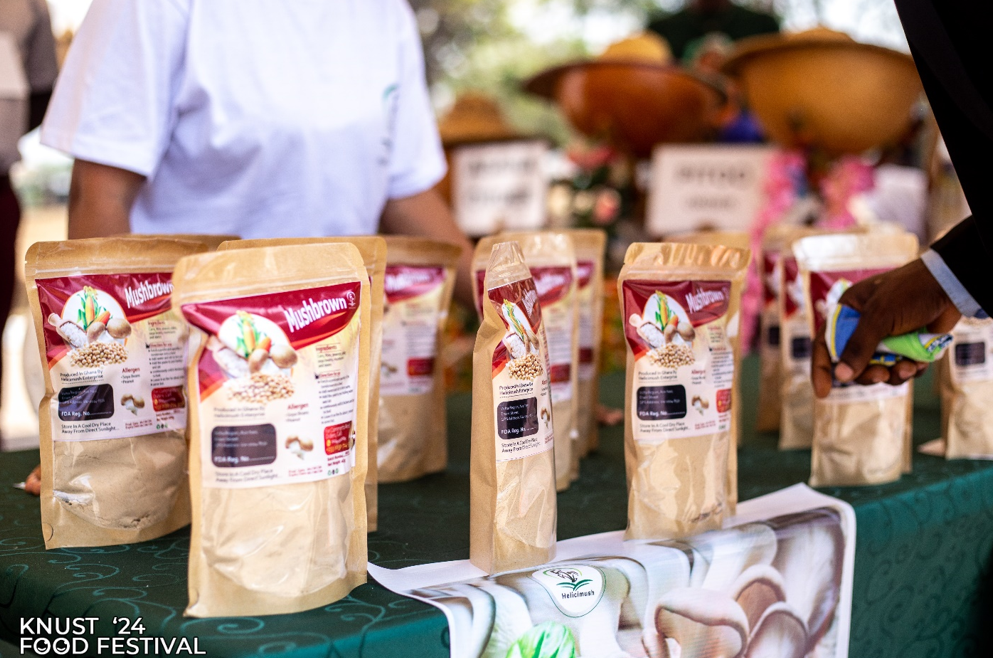

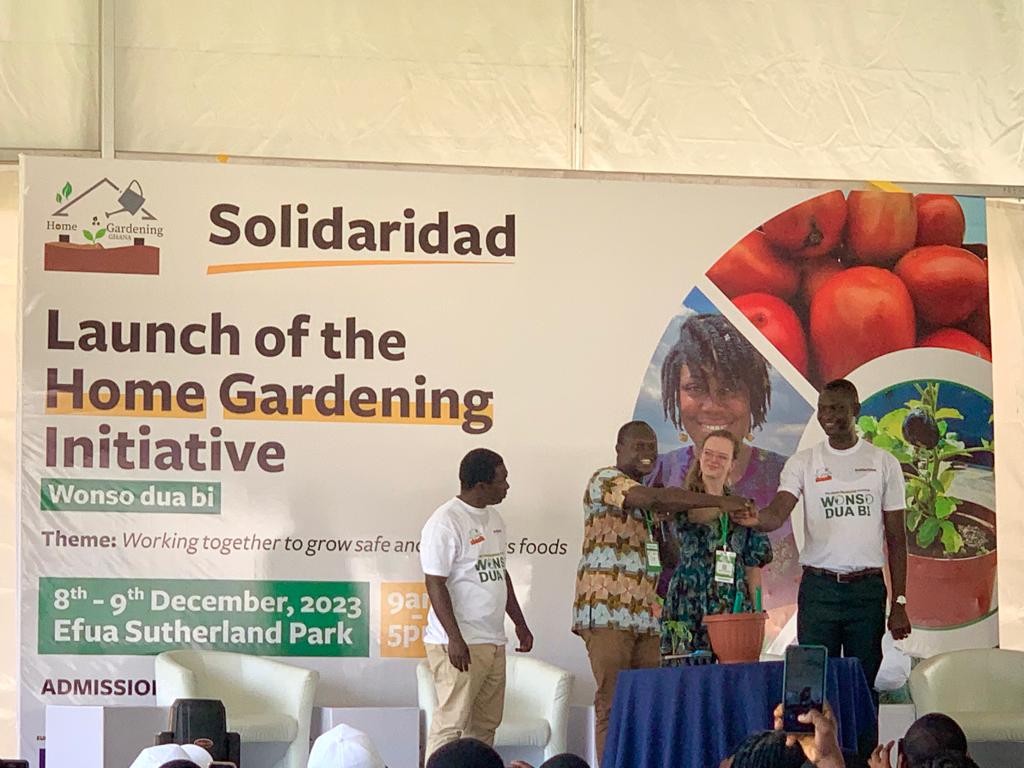

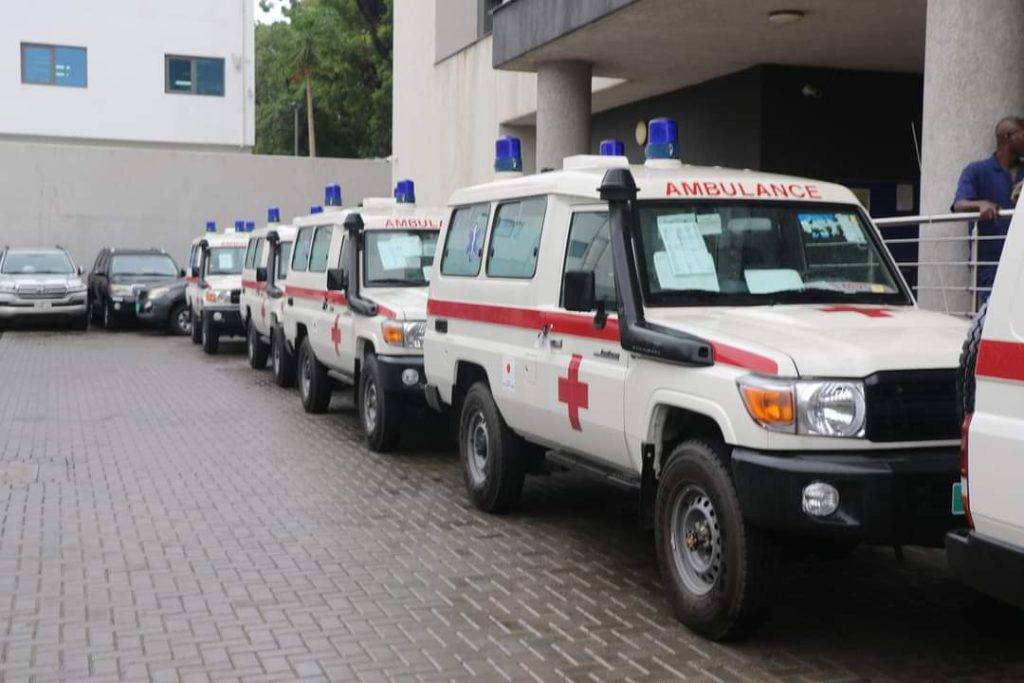



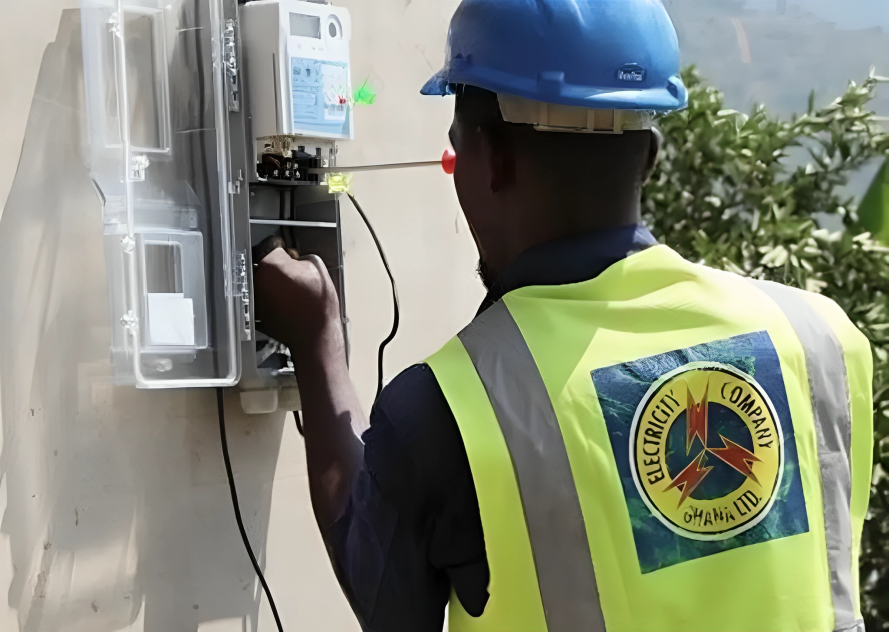


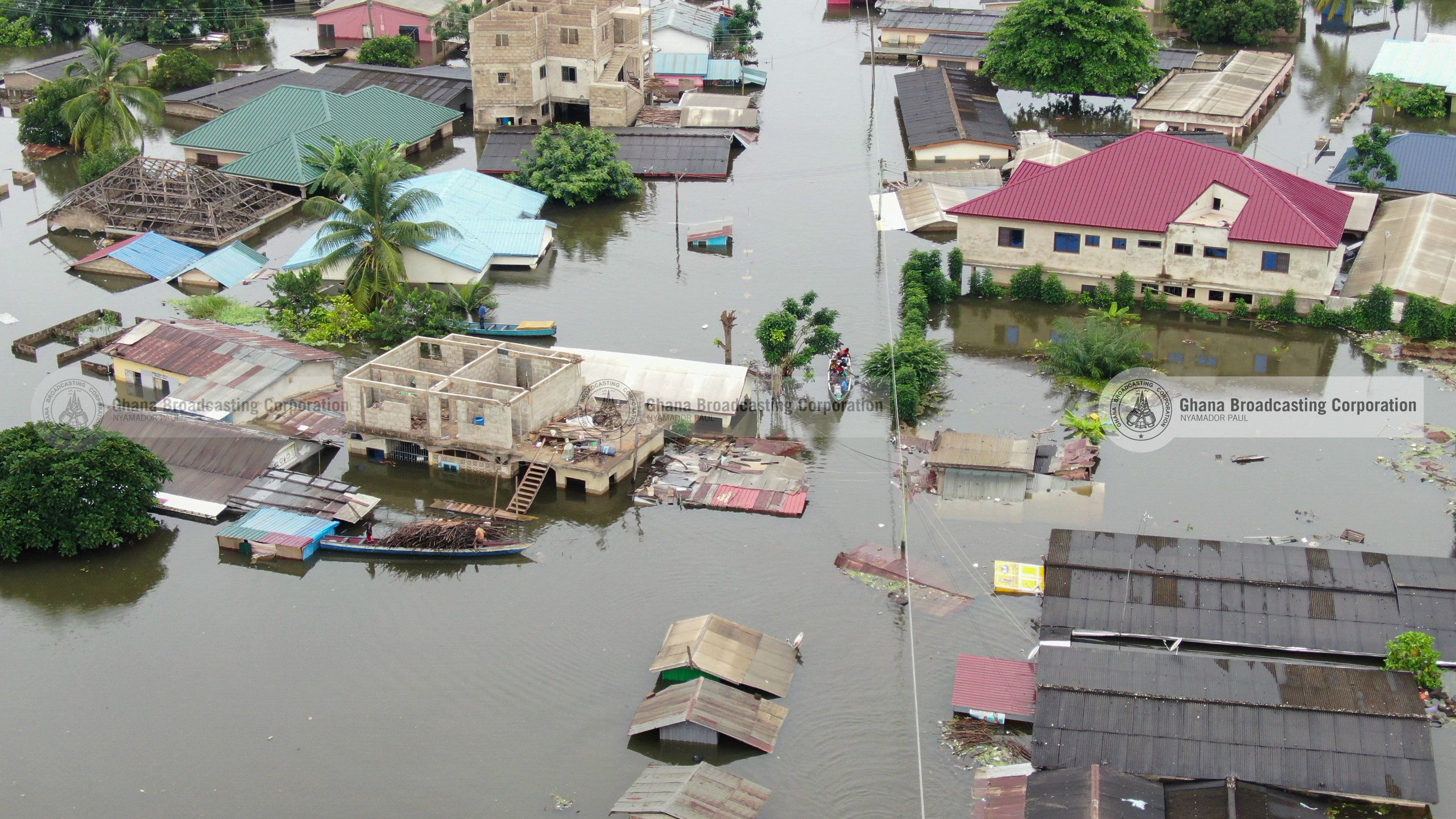
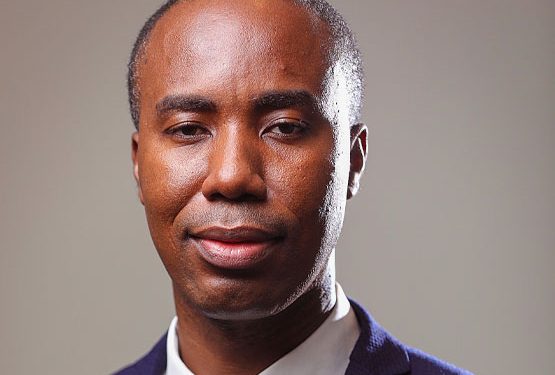






Facebook
Twitter
Pinterest
Instagram
Google+
YouTube
LinkedIn
RSS